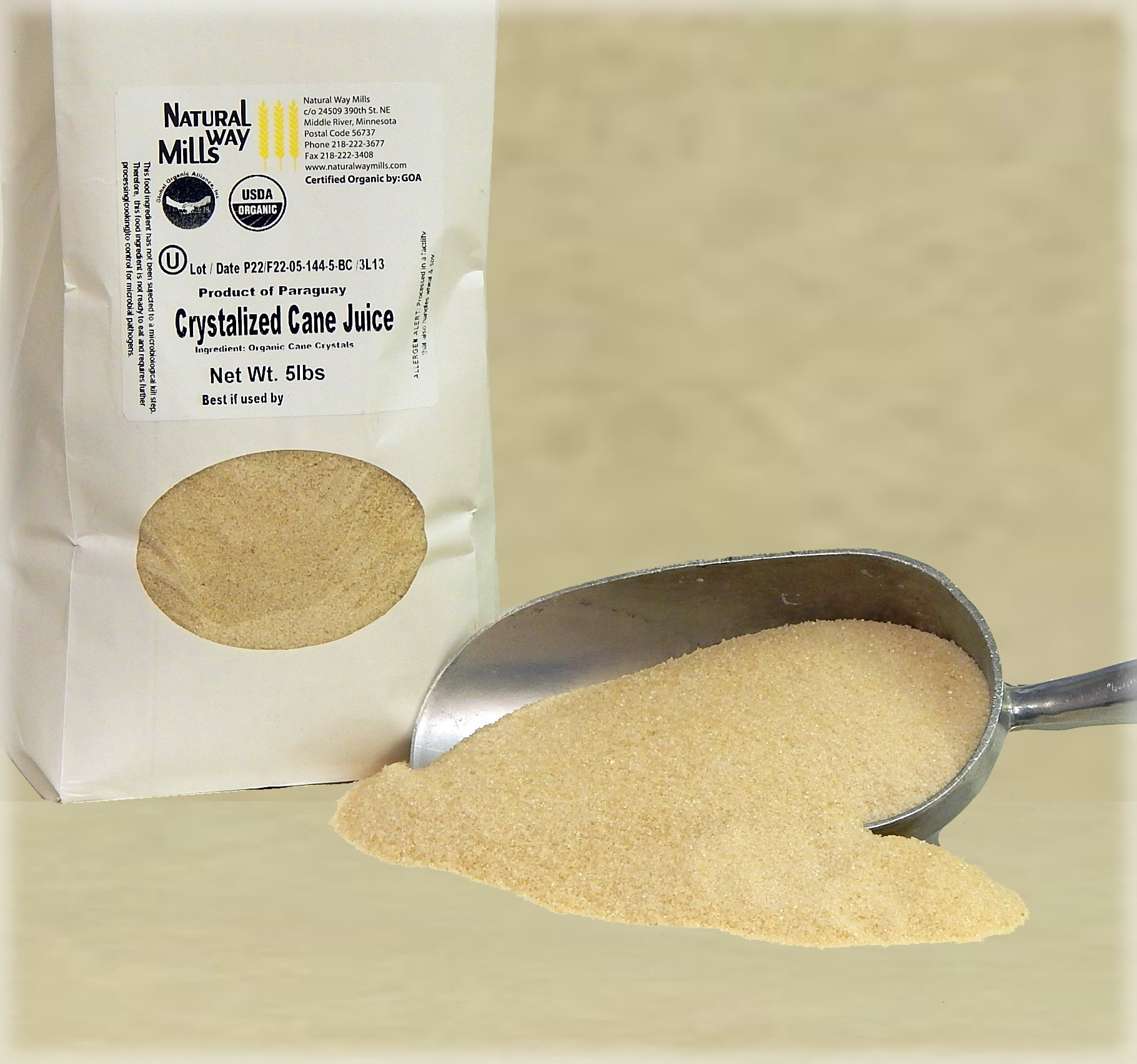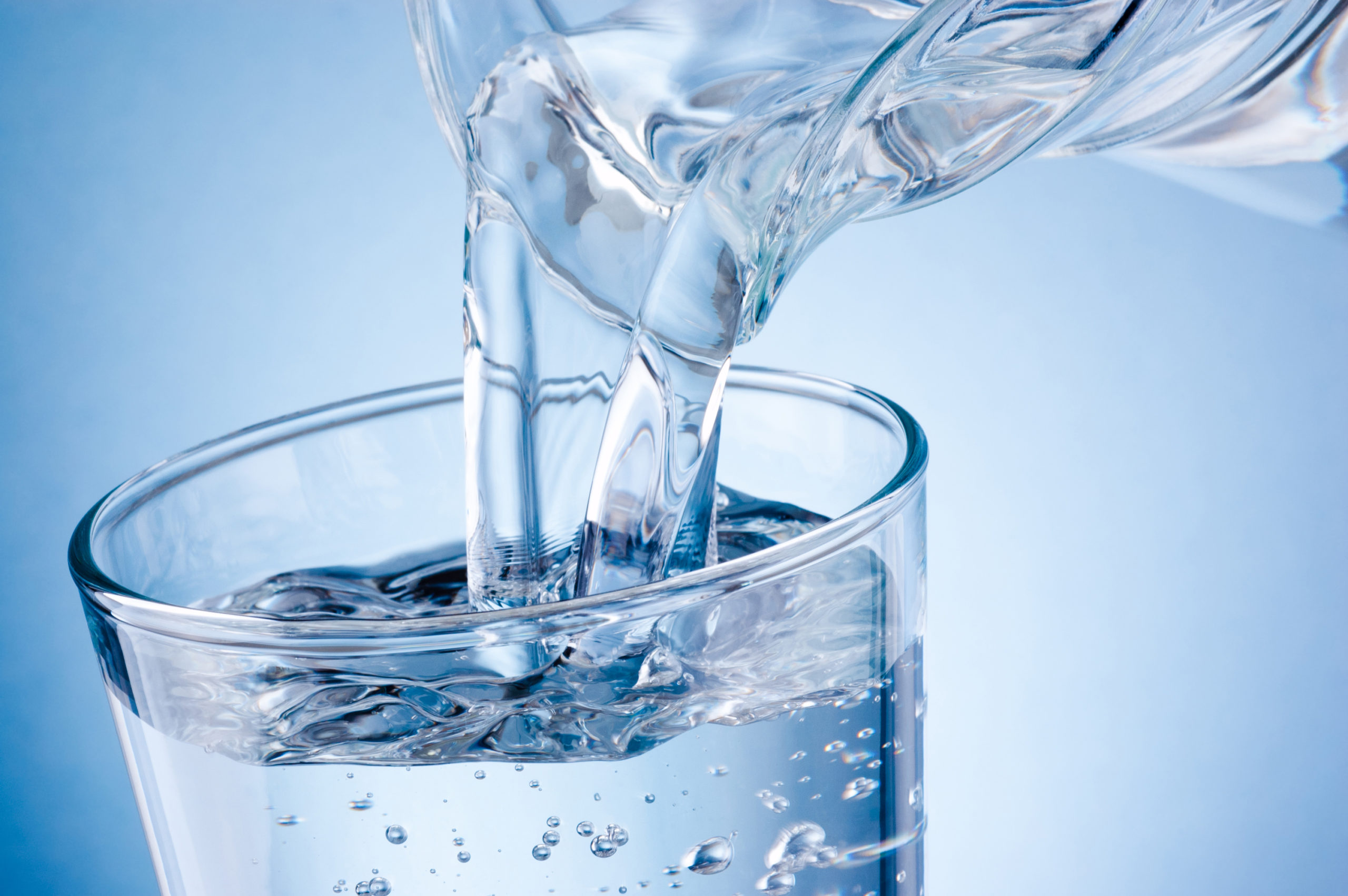FAQs About sugar cane products and Their Role in Sustainability
Discover Everything About Sugar Cane: From Production Methods to Product Innovations
Sugar cane is a plant with both historic importance and contemporary importance. Its farming has actually evolved from conventional methods to modern methods that fulfill today's agricultural demands. This advancement includes cutting-edge handling methods that change the cane into a variety of items. As the sector faces environmental challenges, brand-new sustainable methods are emerging. The intricacies of sugar cane production and its future in international markets present interesting inquiries worth checking out better.
The Background of Sugar Cane Growing
Sugar cane is usually connected with tropical environments, its cultivation has a rich history that dates back thousands of years. Coming From in Southeast Asia, the earliest documents of sugar cane's use go back to around 8000 BCE, where it was eaten for its sweetness. By the initial centuries, it infected India, where it came to be integral to local societies. The innovation to take shape sugar arised in India by the 5th century CE, noting a substantial milestone in sugar production.With the growth of trade routes, sugar cane located its means to the Center East and, eventually, Europe. The facility of ranches in the Caribbean throughout the 16th century transformed the worldwide sugar market, driven mostly by early american expansion. As sugar became a desired commodity, its farming shaped economic climates and societies, preparing for contemporary production methods that advanced with the improvement of agriculture and innovation.
Conventional Farming Techniques
As sugar cane growing progressed with history, traditional farming strategies became foundational methods that formed its production. These methods, usually given via generations, consisted of the usage of guidebook devices such as hoes and machetes for growing and collecting. Farmers normally prepared the soil by hand, utilizing plant rotation and intercropping to keep soil fertility and control bugs. Water administration was crucial, with numerous conventional cultivators depending on natural irrigation systems and rain harvesting.Planting was many times to correspond with seasonal rainfalls, assuring optimal development problems. Typically, sugar cane was planted in rows, permitting much easier maintenance and harvesting. Collecting was done manually, requiring proficient labor to lessen damage to the stalks. Generally, typical farming methods stressed sustainability and a deep understanding of the neighborhood environment, creating a critical component of the social heritage bordering sugar cane agriculture. These techniques laid the foundation for future developments in sugar manufacturing.
Modern Agricultural Practices
Modern farming practices have progressively incorporated precision farming techniques to boost sugar cane manufacturing. sugar cane products. These methods use data-driven approaches to maximize inputs and enhance returns while lessening ecological influence. In addition, sustainable parasite management techniques are being taken on to secure plants without endangering ecological balance
Accuracy Farming Techniques
Precision farming techniques represent a transformative technique to agriculture, leveraging technology to enhance efficiency and sustainability in sugar cane production. By utilizing devices such as GPS, remote picking up, and information analytics, farmers can check crop health and wellness, dirt problems, and water use with unprecedented precision. This data-driven strategy permits targeted treatments, reducing waste and maximizing resource allotment. Drones and satellite images assist in real-time assessments, enabling cultivators to respond swiftly to arising problems or adjustments in environmental problems. Additionally, accuracy farming boosts yield forecasting and enhances decision-making processes, eventually resulting in far better crop monitoring. Consequently, sugar cane manufacturers can accomplish higher effectiveness and earnings while lessening their environmental footprint, adding to the overall advancement of modern farming techniques.

Lasting Pest Monitoring
Effective monitoring of parasites is essential for preserving the health and productivity of sugar cane plants. Sustainable insect monitoring methods focus on minimizing chemical inputs while making best use of ecological balance. sugar cane products. Integrated Parasite Management (IPM) is a preferred approach, incorporating biological control, habitat control, and the use of resistant sugar cane ranges. Farmers are increasingly using beneficial bugs and all-natural killers to reduce pest populaces, lowering reliance on artificial pesticides. Monitoring pest levels with catches and searching enables timely treatments, making certain that control actions are applied only when essential. Furthermore, crop turning and intercropping boost biodiversity, more reducing bug outbreaks. By embracing these sustainable methods, sugar cane producers can maintain plant return while promoting environmental stewardship and decreasing the negative influences connected with standard pest control approaches
Processing Sugar Cane: From Area to Manufacturing facility
The elaborate trip of sugar cane from area to manufacturing facility includes numerous vital actions that change this vivid plant right into a raw product for sugar production. After harvesting, sugar cane is swiftly transferred to the processing center to lessen sucrose loss. you could try this out The very first step at the manufacturing facility is washing the cane to eliminate contaminations, adhered to by squashing to draw out the juice. This juice undergoes clarification, where it is warmed and treated with lime to eliminate solid fragments and impurities.Once made clear, the juice is concentrated via dissipation, resulting in syrup. The syrup is then crystallized by cooling down and including seed crystals, leading to the development of sugar crystals. Adhering to formation, the sugar goes through centrifugation to separate it from molasses. Inevitably, the sugar is dried out, packaged, and prepared for circulation. Each action in this procedure is essential for ensuring the top quality and efficiency of sugar manufacturing.
Sugar Cane Products and Their Applications

Sugar and Natural Sugars
Often ignored, sugar and all-natural sugars derived from sugar cane play a crucial function in the food and drink market. These products, consisting of sucrose, molasses, and raw sugar, supply a series of flavors and functionalities that boost different food items. Sucrose, one of the most typical sugar, is widely made use of for its sweetening buildings, while molasses contributes depth and complexity to baked items and sauces. All-natural sugars from sugar cane are preferred for their minimal handling and viewed health benefits contrasted to artificial sweeteners. Furthermore, innovations in sugar cane processing have caused options like liquid sugar and concentrated cane juice, satisfying diverse customer preferences. On the whole, sugar cane-derived sugar are indispensable to flavor, protecting, and boosting food experiences.
Biofuels and Renewable Energy

Sustainability in power production has actually significantly turned interest to sugar cane as a practical source for biofuels. This tropical crop, abundant in sucrose, can be exchanged ethanol, an eco-friendly fuel that lowers greenhouse gas discharges compared to nonrenewable fuel sources. The fermentation process uses molasses, a by-product of sugar manufacturing, taking full advantage of source performance. Sugar cane's biomass, including bagasse and leaves, can be changed right into bioenergy, contributing to a circular economic situation. Numerous pop over to this web-site technologies in processing strategies boost the return of biofuels, making sugar cane an eye-catching alternative for energy diversity. In addition, the expanding demand for sustainable power resources drives research study into boosting farming practices and lowering the carbon impact of biofuel manufacturing, positioning sugar cane as a crucial gamer in the renewable resource landscape.
Innovations in Sugar Cane Sustainability
As the international need for sugar rises, advancements in sugar cane sustainability have actually become important to fulfill both environmental and financial challenges. Modern farming practices are being executed to lower water usage, improve dirt health, and minimize chemical inputs. Techniques such as precision farming use information analytics and technology to enhance source usage and increase plant returns sustainably.Additionally, the growth of genetically changed sugar cane ranges aims to improve resistance to bugs and environmental stress factors, causing higher performance with less inputs. Waste monitoring techniques are likewise developing; spin-offs from sugar cane handling are being changed into bioenergy, lowering dependence on fossil fuels.Furthermore, collaborations between agricultural stakeholders and environmental companies are fostering practices that advertise biodiversity and environment health. These developments not only help minimize the ecological impact of sugar cane production yet also produce an extra resilient and sustainable industry for the future.
The Future of Sugar Cane in Global Markets
While international sugar usage proceeds to rise, the future of sugar cane in worldwide markets faces both opportunities and challenges. The enhancing demand for biofuels and sustainable items offers a considerable opportunity for sugar cane manufacturers, as the crop can be utilized for ethanol production and other eco-friendly alternatives. In enhancement, technologies in handling methods might enhance effectiveness and decrease expenses, making sugar cane more affordable versus various other sweeteners.However, obstacles such as environment change, changing market prices, and changing consumer preferences towards much healthier choices make complex the landscape. Moreover, trade plans and tolls can impact the global market characteristics, influencing farmers' productivity. As stakeholders navigate these complexities, cooperation among producers, governments, and researchers will be important in adjusting to the evolving market. The future of sugar cane hinges on stabilizing these possibilities and obstacles to protect its location in a swiftly changing worldwide economic situation.
Regularly Asked Inquiries
How Does Sugar Cane Influence Citizen Ecosystems and Biodiversity?
The growing of sugar cane considerably influences neighborhood environments and biodiversity. Monoculture methods can bring about habitat damage, while pesticide usage may hurt non-target species, inevitably disrupting ecological balance and minimizing species richness in affected areas.
What Are the Health Effects of Consuming Sugar Cane Products?
The health and wellness effects of consuming sugar cane products consist of potential benefits like power increases and anti-oxidants, but too much consumption may lead to weight gain, oral issues, and boosted danger of diabetes, urging small amounts in usage.
Exist Any Type Of Alternatives to Sugar Cane for Sugar Production?
Alternatives to sugar cane for sugar manufacturing include sugar beetroot, maple sap, and coconut hand sap. These resources provide comparable sweetness and can be cultivated in various environments, using diverse choices for sugar production worldwide.
Exactly How Is Sugar Cane Influenced by Environment Adjustment?
Environment adjustment considerably impacts sugar cane, causing altered rainfall patterns, boosted temperature levels, and enhanced pest stress. These variables can lower returns and affect overall quality, motivating the requirement for adaptive agricultural techniques to guarantee sustainability.
What Are the Labor Conditions for Sugar Cane Workers Worldwide?
Labor conditions for sugar cane employees internationally vary substantially, often defined by reduced wages, long hours, and inadequate security measures. Numerous face exploitation and severe functioning atmospheres, particularly in creating nations reliant on sugar cane manufacturing.